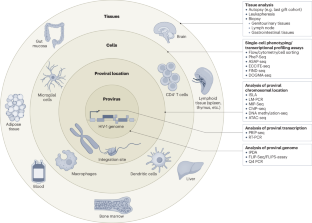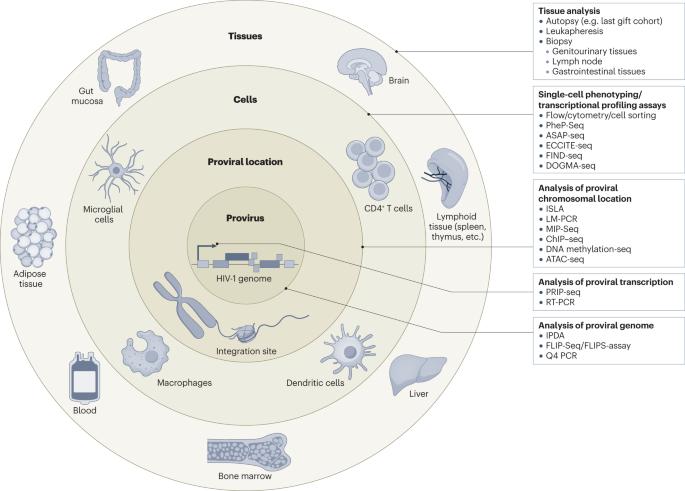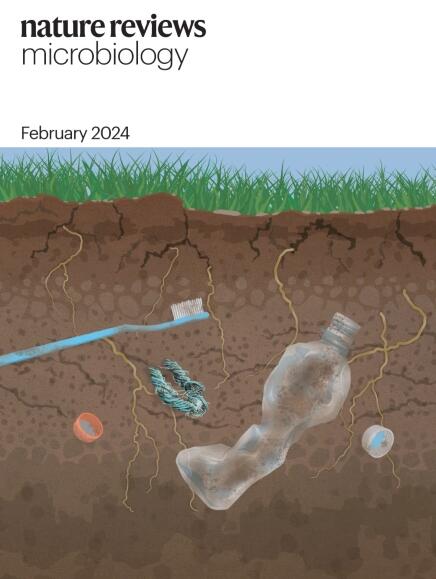Immune targeting of HIV-1 reservoir cells: a path to elimination strategies and cure
IF 69.2
1区 生物学
Q1 MICROBIOLOGY
引用次数: 0
Abstract
Successful approaches for eradication or cure of HIV-1 infection are likely to include immunological mechanisms, but remarkably little is known about how human immune responses can recognize and interact with the few HIV-1-infected cells that harbour genome-intact viral DNA, persist long term despite antiretroviral therapy and represent the main barrier to a cure. For a long time regarded as being completely shielded from host immune responses due to viral latency, these cells do, on closer examination with single-cell analytic techniques, display discrete footprints of immune selection, implying that human immune responses may be able to effectively engage and target at least some of these cells. The failure to eliminate rebound-competent virally infected cells in the majority of persons likely reflects the evolution of a highly selected pool of reservoir cells that are effectively camouflaged from immune recognition or rely on sophisticated approaches for resisting immune-mediated killing. Understanding the fine-tuned interplay between host immune responses and viral reservoir cells will help to design improved interventions that exploit the immunological vulnerabilities of HIV-1 reservoir cells. Finding a cure for HIV-1 infection, once considered elusive, now represents a major priority for the global microbiology research community. In this article, Armani-Tourret, Lichterfeld and colleagues highlight recent advances in understanding immunological vulnerabilities of virally infected cells that persist lifelong and represent the major barrier to a cure.


以 HIV-1 储库细胞为免疫靶标:消除策略和治愈之路
成功根除或治愈 HIV-1 感染的方法很可能包括免疫机制,但人们对人类免疫反应如何识别少数 HIV-1 感染细胞并与之相互作用却知之甚少,这些细胞携带基因组不完整的病毒 DNA,在接受抗逆转录病毒治疗后仍长期存在,是治愈的主要障碍。长期以来,由于病毒潜伏,这些细胞被认为完全不受宿主免疫反应的影响,但通过单细胞分析技术仔细观察,这些细胞确实显示出离散的免疫选择足迹,这意味着人类免疫反应可能能够有效地参与并针对至少其中一些细胞。大多数人无法消除具有反弹能力的病毒感染细胞,这可能反映了经过高度选择的储库细胞的进化,这些细胞能够有效地伪装起来,不被免疫识别,或依靠复杂的方法抵御免疫介导的杀伤。了解宿主免疫反应与病毒储库细胞之间微调的相互作用,将有助于设计出更好的干预措施,利用 HIV-1 储库细胞的免疫学弱点。
本文章由计算机程序翻译,如有差异,请以英文原文为准。
求助全文
约1分钟内获得全文
求助全文
来源期刊

Nature Reviews Microbiology
生物-微生物学
CiteScore
74.00
自引率
0.50%
发文量
149
审稿时长
6-12 weeks
期刊介绍:
At Nature Reviews Microbiology, our goal is to become the leading source of reviews and commentaries for the scientific community we cater to. We are dedicated to publishing articles that are not only authoritative but also easily accessible, supplementing them with clear and concise figures, tables, and other visual aids. Our objective is to offer an unparalleled service to authors, referees, and readers, and we continuously strive to maximize the usefulness and impact of each article we publish. With a focus on Reviews, Perspectives, and Comments spanning the entire field of microbiology, our wide scope ensures that the work we feature reaches the widest possible audience.
 求助内容:
求助内容: 应助结果提醒方式:
应助结果提醒方式:


